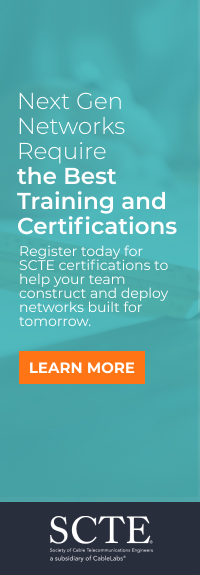By:

Standards and Frameworks: Lean and Mean OR Fat and Juicy?
Collective groan. In trying to keep up with the pace of technology evolution and agile development, when one hears standards, one automatically thinks pointless bureaucracy. And
frameworks? Useless job aids.
But in needn’t be that way. It can’t be that way. In our increasingly connected world (a la apps, M2M, etc), standards and frameworks are ever more critical. They are easily the
fastest way in which an independent capability becomes interoperable with the supporting infrastructure. Think Apple and the App Store; Utility companies and Smart Metering, Grid or Home.
Without a published standard in which developers of such functions can connect to the backbone and devices within these networks, capabilities would be limited to the internal R&D of the
network / device provider. Or costly investment would be wasted on working through the kinks of technical incompatibilities.
Instead, open standards and frameworks enable an exponential community of new ideas to become a reality overnight. And turn into revenue the next day.
On the contrary, the challenge, really, is not the presence of standards and frameworks. But the glacier-like pace in which they are typically established and evolved. And deciding
who is actually responsible for them.
A common approach is for industry standards bodies to form to become the common reference. But that is usually when the trouble can start, particularly where competing technologies have
already taken hold. Over time, members lose sight of the greater goal and get lost in the minutia (that is not to stay that all minutia is unimportant). Time drags on and the
standards become irrelevant, rather than an enabler.
So what approach works? Does a company strike out on its own and hope to match the power of Apple? Do like-minded companies forego the standards bodies and establish a collective agreement
directly? Do the standards bodies trim the fat and stay agile like the rest of the industry?
….



















